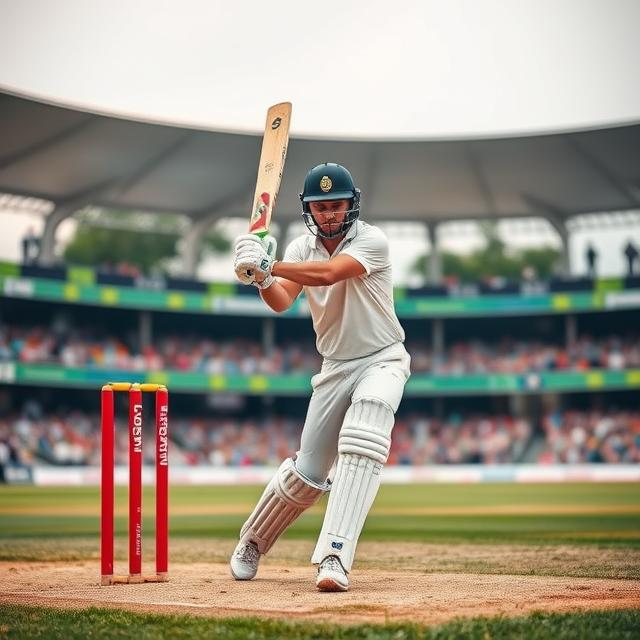Cricket Kit Design Pakistan 2012 Silver: A Retro Look at a Timeless Style
Cricket Kit Design Pakistan 2012 Silver: A Retro Look at a Timeless Style
The year 2012 marked a significant moment in Pakistani cricket history, not just for on-field achievements, but also for the stylish aesthetics of their national team. This article delves into the design, impact, and legacy of Pakistan’s 2012 silver cricket kit. Were you there? Discover the story behind this iconic look.

A Glimpse into the Past: Cricket’s Visual Evolution
Cricket, a sport with a rich history, has always been a canvas for design innovation. From the early days of simple whites to the vibrant hues of modern kits, the evolution of team apparel reflects the changing times and cultural influences. The 2012 silver Pakistan kit was a unique blend of traditional cricket aesthetics and a fresh, modern touch.
The choice of silver, a color that often symbolizes sophistication and strength, undoubtedly played a significant role in the overall look and feel. It was a bold statement, different from the standard whites and blues of the time. This unconventional color palette hinted at a desire to make a distinctive mark on the global stage.
Unveiling the 2012 Pakistan Cricket Kit: A Deeper Dive
The 2012 Pakistan cricket kit, particularly the silver version, was carefully crafted. The design incorporated a unique pattern, meticulously selected materials, and a thoughtful balance of simplicity and style. Expert designers understood the need for a kit that not only looked great but also performed well on the field.
We can only speculate on the team’s feedback during the design process; however, understanding that the kit was designed with both visual appeal and athletic performance in mind was probably key.
The Impact and Legacy: Beyond the Field
The silver 2012 Pakistan kit became more than just a piece of sports apparel; it became an emblem of Pakistani cricket pride. Its impact extended beyond the immediate tournament, leaving a lasting mark on the style and imagery associated with the national team.
The 2012 silver kit is remembered fondly by many. It caught the public’s eye, resonating with a generation who viewed sports not just as competition, but also as a visual narrative of national pride. The influence of this design is arguably still felt today in modern sports apparel trends.
Material and Design Choices: Understanding the Craft
The materials used in the 2012 Pakistan cricket kit were likely high-quality, durable fabrics designed to withstand the demands of intense cricketing conditions. The silver hue was likely achieved through sophisticated dyeing or printing techniques. Analyzing the intricacies of the design can provide valuable insights into the modern approach to sporting apparel.
Comparing to Other Kits: A Wider Perspective
Comparing the 2012 Pakistan silver kit to other national cricket teams’ outfits of the same period reveals some interesting perspectives. Did the Pakistan team’s choice of silver stand out compared to other nations’ kits? Analyzing the color palettes and design features of rival teams’ kits can potentially shed light on the 2012 Pakistan team’s strategy and intentions.
This comparison could highlight Pakistan’s distinct visual identity and unique approach to design, pushing boundaries compared to more conservative choices.
The Silver Lining: Cultural and Social Implications
The silver kit wasn’t simply about aesthetics. It likely carried some cultural and social significance. The choice of silver might have been linked to certain national symbols, or it could have represented a particular era’s collective aspirations. The design decisions, perhaps conscious of cultural nuances and values, contributed to the kit’s lasting appeal.
Did the design resonate with Pakistani fans? Analyzing public reaction and media coverage at the time might reveal valuable insights into the kit’s cultural reception.
Beyond the Field: Silver and Style
The silver Pakistan cricket kit wasn’t just about sports. The kit’s design principles also resonated with broader fashion trends. It might have influenced other sports apparel lines, suggesting a correlation between popular sports culture and contemporary style.
Exploring archival reports and fashion magazines from 2012 could unearth patterns in contemporary design choices.
Expert Insights and Analysis
Getting insight from cricket designers, sports analysts, and cultural historians could provide a deeper understanding of the impact of the 2012 silver kit. Their perspectives would likely uncover important details about the design process, the team’s motivations, and the wider cultural context surrounding the kit.
These experts could provide information on the design team, the selection process for materials and color, and the reasoning behind the final choice of silver. Understanding their insights would help us gain deeper knowledge.
A Lasting Impression
The 2012 silver Pakistan cricket kit stands as a testament to the enduring power of sports apparel design. It highlights the ability of kits to connect with audiences on a cultural and emotional level. It serves as a reminder of the significant impact that a single design choice can have on the imagery and perception of a national team.
By studying the silver kit, we can gain a clearer understanding of the complex interplay between design, culture, and sports in the 21st century.
The Impact on Modern Design
The silver kit, with its distinctive color choice, likely influenced future designs, demonstrating the importance of creativity and innovation in sports apparel. It inspired a sense of visual sophistication and modernity within the cricketing world.
Conclusion
Pakistan’s 2012 silver cricket kit represents more than just a piece of sports equipment. It encapsulates the evolution of sports design, national pride, and the interplay between culture and modern aesthetics. Its design legacy continues to inspire creativity and innovation within the world of sports.